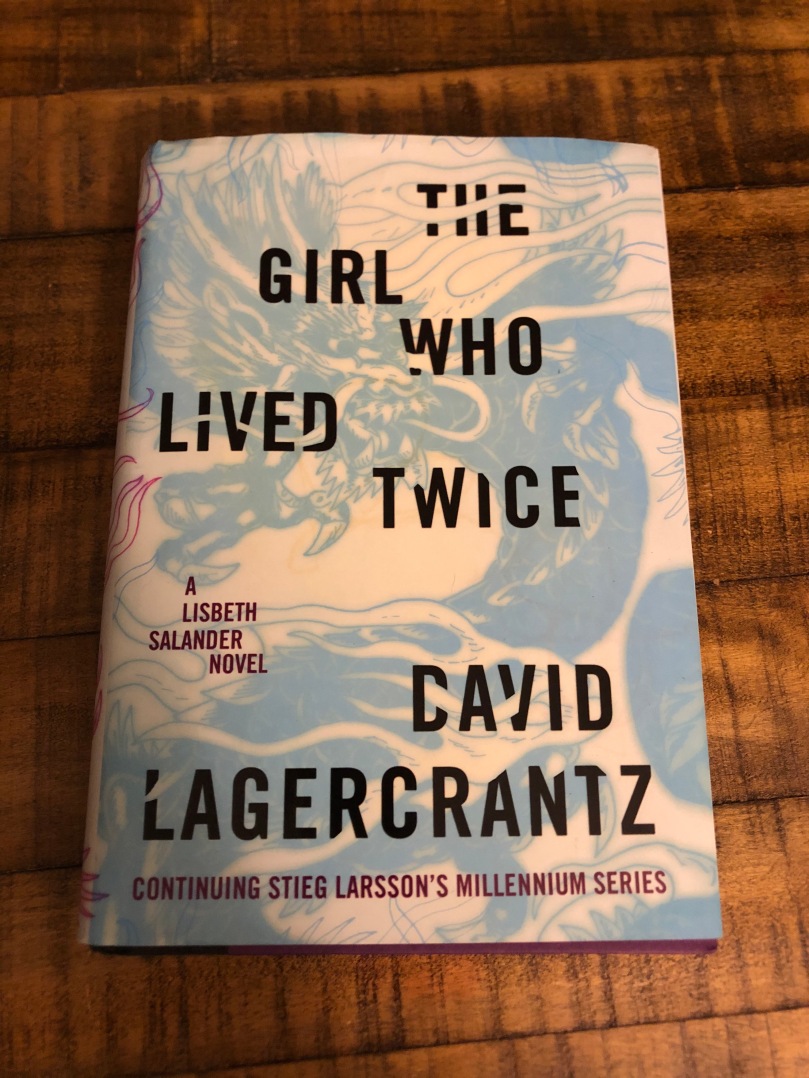The Girl Who Lived Twice by David Lagercrantz is the sixth installment in the Millennium Series. While I’ve enjoyed the Lagercrantz contributions to the Stieg Larsson trilogy, this novel brings the larger story arch full circle that has left me satisfied. Lagercrantz has proven himself to be worthy of carrying this torch. I’ve stated before that I’ll continue to read as long as Lagercrantz writes the series, and with this book he succeeds in establishing his name with the greater story world. It’s his series, now.
In the novel, Lisbeth Salander gives chase to ghosts of the past while they simultaneously haunt her. Her twin sister, Camilla, remains Lisbeth’s rival. Bad blood simmers until violence emerges at the surface. The potential for chaos spills over and into the life of her friend, Mikael Blomkvist, and forces that are out to destroy them bring them together again.
Blomkvist spends his time chasing a story about a climb up Mt. Everest where life was lost some dozen years prior to. A homeless man who used to be a Sherpa had wanted to tell his story, but madness and murder brought only questions to Blomkvist.
Themes of a haunting past as it complicates the present is central to the novel, and only by breaking those ties are we capable of moving on and reclaiming ourselves. This story plays with such elements in ways that kept me turning the pages and missing out on sleep.
The side characters that have been central to the previous five novels are pretty well left on the sidelines this time around. Berger and Bublanski exist and contribute within the confines of their established roles, but they’re much further in the background compared to earlier stories. Erika Berger is in the middle of a divorce, but beyond that surface detail there’s little of her, and Bublanski is there to serve his purpose as a police officer, and little else. If there’s anything I thought the novel could’ve used more of, it’s the secondary characters.
Other side characters are brought forward to reveal more about Camilla’s world, and the intricacies of her criminal network. Hackers and a hit man loyal to the memory of Camilla’s father fill the spaces left vacant by those who’ve made more regular appearances.
That’s the long and short of it; I enjoyed this book. I’ve enjoyed this series. Without spoiling anything, this would be a fine place to end the series, or pivot to some new direction. I’m hoping for the later, as the central cast of characters keeps me coming back. It’d be nice to see Larsson’s initial vision of ten novels through to the end, though the path there is much different with Lagercrantz at the helm.
